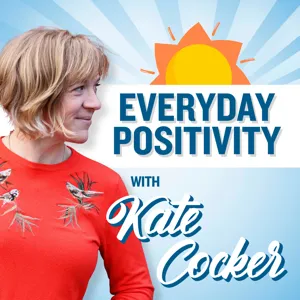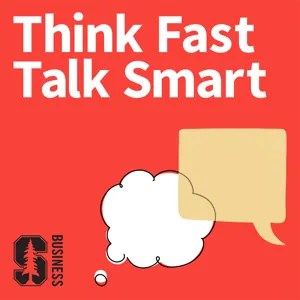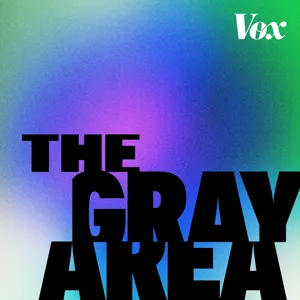Whether you're looking to boost your productivity, find more joy in your work, or simply be more present in the moment, you need flow — and research by Assistant Professor David Melnikoff could help you find it.
Melnikoff investigates how we pursue our goals, and how flow — the state of being totally immersed and engaged in what we’re doing — can help us achieve them. According to him, flow isn’t necessarily about enjoying a task or activity for its own sake, but more about the process of discovery that unfolds as we take action in the face of uncertainty. “The source of flow is engaging in an activity that allows you to reduce uncertainty about your future, engaging in actions that reduce possible future outcomes, or ideally, eliminate all possible future outcomes except for one,” he says. With each action that we take, the path before us narrows, leading us more directly to the goal that we’ve set.
In this episode of Think Fast, Talk Smart, Melnikoff shares why uncertainty presents us with the opportunity to step into the flow state, to experience more focus and engagement, and to supercharge our goal pursuit and performance
Episode Reference Links:
Connect:
Chapters:
(00:00:00) Introduction
Host Matt Abraham welcomes guest David Melnikoff, an assistant professor of organizational behavior at Stanford GSB and an expert on flow and goal achievement.
(00:00:40) Understanding Flow and Its Benefits
The definition of flow and the reversal of the usual dynamic of goal pursuit.
(00:02:20) Achieving and Maintaining Flow
Misconceptions about achieving flow and the role of reducing uncertainty in engaging activities.
(00:06:22) Flow in Business and Leadership
Applying flow principles to business, emphasizing the structuring of tasks and goals to induce flow through uncertainty reduction.
(00:08:39) Personal Applications of Flow for Goal Pursuit
How to utilize flow principles to set and achieve goals with advice on framing tasks to maximize uncertainty and flow.
(00:11:03) Collaborative Flow and Communication
The potential for shared flow experiences in collaborative settings and the role of communication in facilitating flow.
(00:13:05) Goal Setting and Achievement Advice
Advice on goal setting, advocating for goals with a degree of uncertainty to enhance engagement and likelihood of entering a flow state.
(00:14:43) The Final Three Questions
David Melnikoff shares how he invites flow into his life, a communicator he admires, and his recipe for communication.
(00:16:17) Conclusion
See Privacy Policy at https://art19.com/privacy and California Privacy Notice at https://art19.com/privacy#do-not-sell-my-info.





